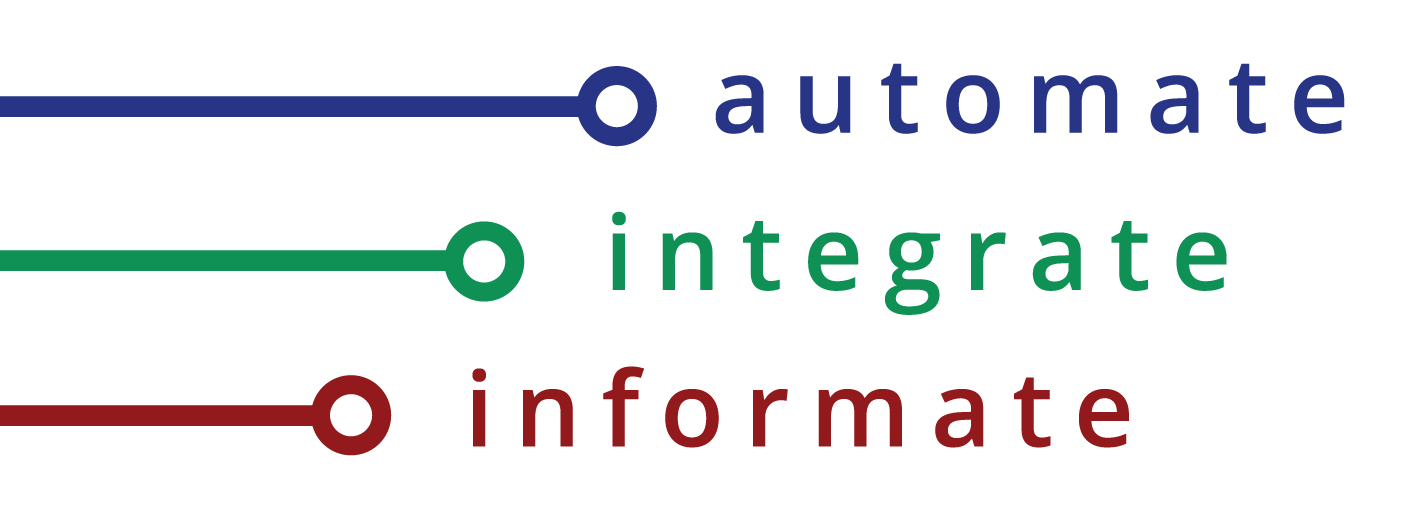MES Systems (often referred to by many other names,  such as MOM, Smart Factory, Digitisation, Paperless Factory, Industry 4.0) for current manufacturers within Australia are becoming more common, but few manufacturers are turning production data into information.
such as MOM, Smart Factory, Digitisation, Paperless Factory, Industry 4.0) for current manufacturers within Australia are becoming more common, but few manufacturers are turning production data into information.
Some plants have reduced manual labour and the associated inaccuracies with a reasonable level of automation, digitisation, and a central monitoring system. However, typically the management departments at these same locations use paper systems. LNS Research has shown that this is close to 80% of US factories.  They rely on manual operator entry; this reduces accuracy and is time-consuming, but it does have the advantage that human eyes sight every item. It seems crazy to us at Mescon that management continues to tolerate paper systems with late and inaccurate information. It makes me wonder how much they don’t know. One of the lines we use to promote our services is “See what you don’t see.”
They rely on manual operator entry; this reduces accuracy and is time-consuming, but it does have the advantage that human eyes sight every item. It seems crazy to us at Mescon that management continues to tolerate paper systems with late and inaccurate information. It makes me wonder how much they don’t know. One of the lines we use to promote our services is “See what you don’t see.”
Where production systems have been digitised, the clear majority of solutions are the traditional “Monolithic Vendor based MES.” They involve big software solutions that may include ISA 95/S88 functionality or principles. They are usually built around a proprietary database installed at the plant. The MES typically becomes a beast, difficult to manage, upgrade or modify, and with very few people able to maintain it. Nevertheless, many people consider that this is the only solution model. Solutions that require less computing resources are code-free, more user-friendly, and cloud-based are now available. Each solution has its own set of risks.
The transition to cloud-based (or mainframe) solutions will occur for some people, but most will stay with on-site or distributed models primarily  due to security concerns. The main reason is, “Who can see my data?” Future solutions need to be easier to install, integrate and maintain. They will be lighter, highly flexible and well-documented, with interactive context-relevant help.
due to security concerns. The main reason is, “Who can see my data?” Future solutions need to be easier to install, integrate and maintain. They will be lighter, highly flexible and well-documented, with interactive context-relevant help.
We can dream that the current divide between production activity and what the  public sees will diminish, and the information will become more transparent and open. However, this dream is a long way from reality for several excellent reasons. “The end game is when we get back to the beginning… just efficient and flexible factories run by people and systems that are continually learning and improving.” (From “The Seven Lives of Manufacturing Operations Management (MOM)”)
public sees will diminish, and the information will become more transparent and open. However, this dream is a long way from reality for several excellent reasons. “The end game is when we get back to the beginning… just efficient and flexible factories run by people and systems that are continually learning and improving.” (From “The Seven Lives of Manufacturing Operations Management (MOM)”)
If you need advice or assistance with your industrial transformation, visit Mescon at www.mescon.com.au, or contact us at contactus@mescon.com.au


